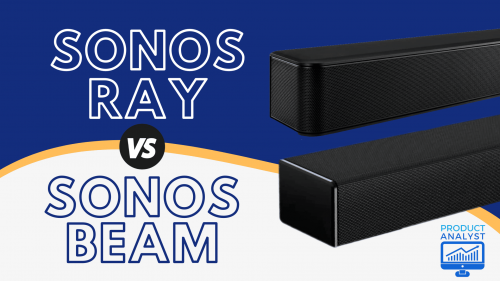
Are you searching for a better soundbar to complete your Sonos sound system? If so, we’re sure the Sonos Beam vs. Ray debate has already reached your ears. As you know, these Sonos soundbars are perfect for smaller setups. But what if you only have space for one?
Intrigued by this issue, our team tested these two soundbars to see which model would reign supreme.
Sonos Ray or Sonos Beam?
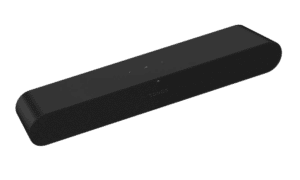
- Touch Controls
- Sonos App & TV Remote Sync
- Optical Port
- Compact Soundbar Design
- Dolby Digital 5.1
- Crisp Audio Performance
- Four Class-D amplifiers
- Google Assistant & Alexa
- Sonos Trueplay Tuning
- Streaming Services Access
- Sonos App & TV Remote
- Wi-Fi Connectivity
- Virtual Dolby Atmos Format
- Immersive Sound
Features of Sonos Ray and Sonos Beam
Design and Build
Both the Sonos Ray and Sonos Beam Gen 2 have space-saving and compact structures. Given their convenient design, it’s not surprising that these speakers are compatible with different accessories that allow wall-mounted and free-standing setups.
On top of that, these Sonos speakers have pretty identical measurements and dimensions, with Beam being only bigger by a few millimeters.
But if we’re basing this on size, a Sonos Ray speaker can easily fulfill the audio needs of a 55-inch television. Meanwhile, if you’re dealing with larger TVs as wide as 65-inch, our team suggests going for a Sonos Beam soundbar. Anything bigger than these sizes calls for the use of Sonos Arc.
Besides being a budget soundbar, the only design advantage Sonos Ray has over Beam in terms of design is its forward-facing drivers that don’t cause disruptions even when placed inside the TV cabinet. The Beam has a curved grille, so it must be placed in an open space.
Moving on from exterior design, did you know that Sonos Beam and Sonos Ray also have a different number of speakers in their interior?
Although Sonos Ray deals with an impressive build of two tweeters, four Class-D amp, and two mid-woofers, these components got nothing to Beam’s design. It’s got one center tweeter, four elliptical mid-woofers, five amplifiers, and three passive radiators. Because of this, the latter won this Sonos Beam Gen 2 vs. Ray comparison round.
Sound Quality and Performance
Sonos products are known to have wide soundstages, and Beam Gen 2 truly embodied that brand advantage. During our sound tests, it delivered a powerful audio production that filled the room.

It’s smaller than other soundbars, so don’t be surprised if it doesn’t produce an exceptional overhead audio quality. No worries, though. Arc is the only one out of the three soundbars that could achieve that sound.
It’s also important to note that Sonos Ray’s sound isn’t comparable to the power Beam delivers. But despite not being immersive, these speakers provide a stereo effect that can make the high frequencies feel less enclosed.
Due to the wide performance gap delivered by these soundbar options, this round of Ray vs. Sonos Beam still goes to the latter.
Audio Modes
Although these speakers differ in sound process and performance, Ray and Beam offer the same audio modes. If you’re unfamiliar with these, it’s a set of sound enhancement features that elevate one’s audiovisual experience.
Users of these soundbars and other future brands from the company are guaranteed speech enhancement features that make the dialogues crisp while watching action-filled content. There’s also a night mode configuration where the speakers adjust to clearer sound quality even at lower volume levels.
Given their similarity in this feature, we concluded that Beam Gen 2 and Ray are tied in this category.
Audio Formats Supported (Dolby Digital or Dolby Atmos)
One of the crucial features only the Sonos Beam Gen 2 has in this comparison is the Dolby Atmos support. Thanks to this feature, it can deliver an immersive performance, just as we explained earlier.
On top of Dolby Atmos, it supports the Dolby TrueHD format, multi-channel PCM, Dolby Digital Plus, and stereo PCM.
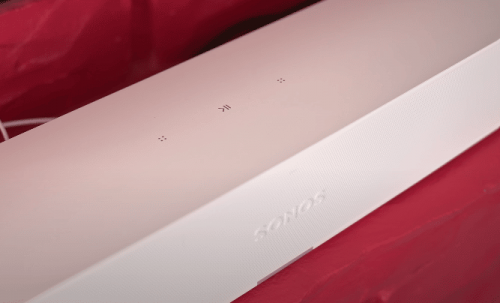
Meanwhile, its soundbar counterpart has limited audio formats, like Dolby Digital 5.1, stereo PCM, and DTS Surround Audio. Sonos Ray undeniably lost this category because it has less audio compatibility.
Surround Sound
If you’re playing Dolby Atmos content, Beam Gen 2 can deliver the 3D audio effect you want at ease compared to Sonos Ray. However, if you really want a room-filling surround sound, you may need to integrate a Sonos Sub into your soundbar. Through this, you can also get a deeper bass response.
Optical and HDMI Connections
When pitting Sonos Ray vs. Sonos Beam in terms of connections, the latter steals the spotlight with its HDMI ARC compatibility. Thanks to this feature, Beam can manage up to 32 audio channels. However, please note that this connection isn’t available in the original Beam model.
This soundbar also features an optical port and HDMI CEC for other controls. You may not know, but an optical input is more typical in TVs than HDMI. As for Ray, it can only accommodate an optical connection and includes ethernet ports, which is a glaring disadvantage if you ask our tech-savvy team.
Wireless Connectivity
Trust our audio expertise when we say that you don’t need the best tech tutorials to connect these soundbars to your existing theater system. Why? Because any recently released Sonos soundbar like these two offers Wi-Fi connectivity.
Additionally, both models allow multi-channel connections, which means that your speakers can work with other devices in your theater system harmoniously and wirelessly.
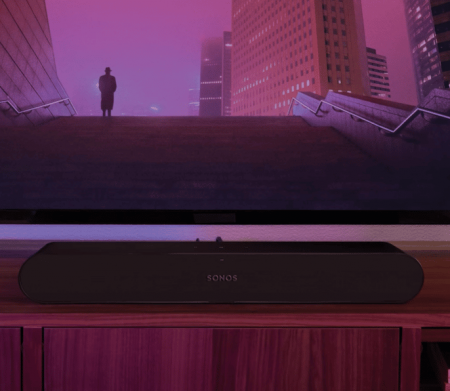
These soundbars are also navigational through the Sonos mobile application, where you can switch audio modes as long as you’re connected to the unit’s network. Since the two have similar wireless connection features, both models get positive points in this round.
Alexa and Google Assistance (Voice Control)
There are many benefits of having a voice assistant at home [1], but the ultimate premise is it’s an essential part of a modern home. Fortunately, Beam has smart assistant features and is compatible with programs like Google Assistant and Alexa.
If you look closely, Sonos Ray doesn’t feature a built-in mic. It means that the unit isn’t available for any voice control feature and doesn’t fall into the smart speaker category.
Price and Availability
If you look into the market just as we did, you can’t deny that Ray is a more affordable soundbar than Beam. With its lowered price tag, missing some crucial features like HDMI, Dolby Atmos support, and voice assistants are completely justified. However, it’s still a good product if you’re looking for reliable audio and compact design.
On the other hand, Beam’s price difference is understandable given its powerful performance and better audio format support.
Overall Winner: Sonos Beam
At the end of the day, directly comparing Sonos Ray vs. Beam is the only way you can determine which model is better. And with all the smart features and audio formats Sonos Beam Gen 2 can handle, our resident audiophiles can assure you that this speaker won’t limit your audio needs and will elevate your listening experience.
The post Sonos Ray vs Beam: Which Compact Soundbar is Better? (2022) appeared first on The Product Analyst.
from The Product Analyst https://theproductanalyst.com/sonos-ray-vs-beam/

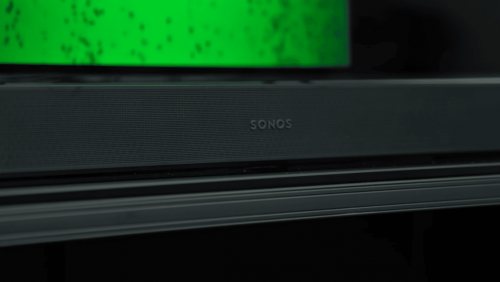
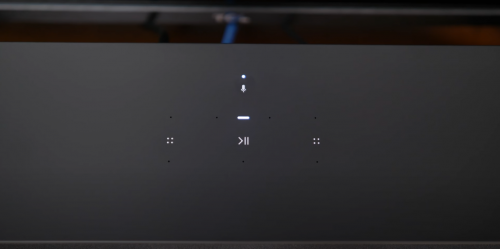
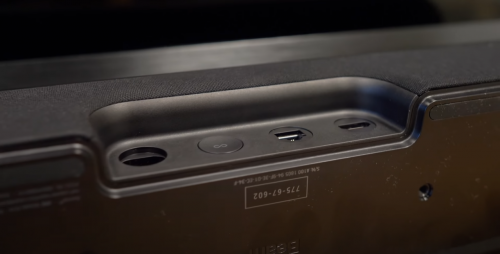
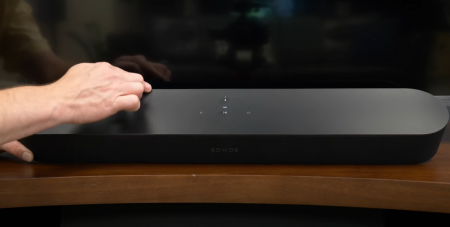
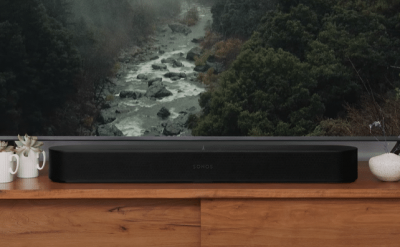
No comments:
Post a Comment